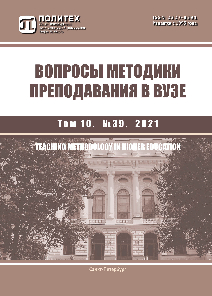Unsolved challenges to the general theory of translation
The article is dedicated to pressing matters of translation studies as well as new challenges for methodology of translation teaching. It states a number of issues that the general theory of translation has so far failed to resolve due to the young age of the discipline, its commitment to humanities, and the differences between translation concepts in Russian and foreign translation studies. One of the current problems of translation theory, identified in the article, is the classical approach to teaching methodology, based on outdated psychological and pedagogical requirements for higher education teachers and students, the poor performing deductive method used to present the learning materials, and postulates of translation theory with no regard to the latest developments and concepts. Special emphasis is also put on inflexibility of education system in whole and certain dogmatism of translation didactics in particular, as they sometimes fail to respond promptly to the current issues, such as demands of the profession, requirements for graduates regarding their competence in using computer programs and services, digital resources, and neural networks, and the progress that encourages human civilization to transform at a growing rate. As a means of addressing the problem of teaching translation to linguistic students it is suggested to apply professionally- and practically-oriented teaching approaches thus forming a specialist demanded by the market. The hallmark of the practically-oriented approach is that it develops the competences necessary for future specialists and is implemented throughout the whole learning period involving every training event. It is not confined neither to translation training practice nor to prediploma practice as is usually the case. The article also presents possible ways to merge the methodology of translation teaching with the translation practical activity. Some methods of organizing distance working in the current conditions of self-isolation are also described.



